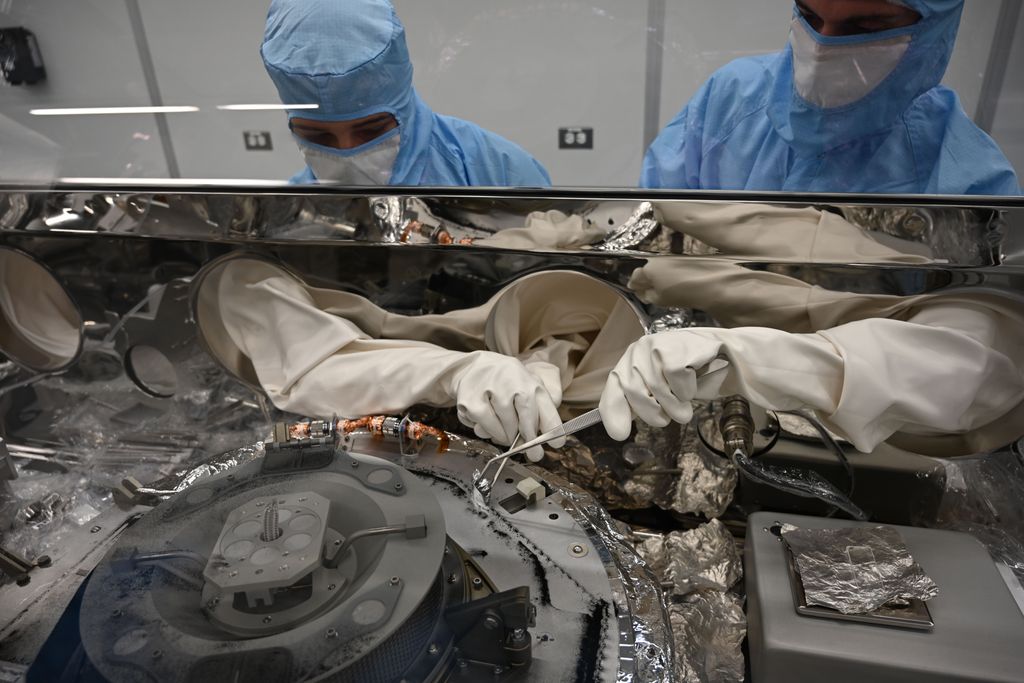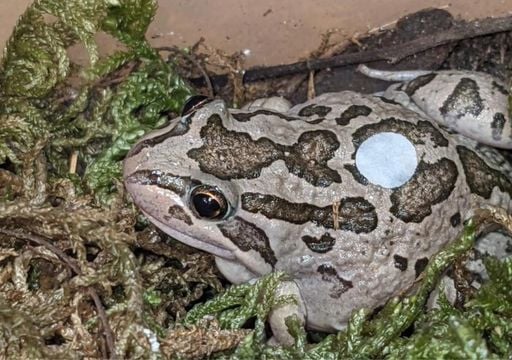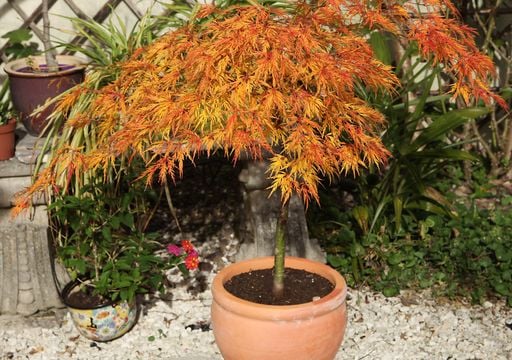After Months of Trying, NASA Engineers Are Finally Able to Open Samples from the Bennu Asteroid, What Did They Find?
After many months of trying, NASA scientists were finally able to unlock the secrets hidden behind the broken fastener heads. The sample revealed surprising contents from the asteroid.

The OSIRIS-REx mission was the first US mission to collect samples from the Bennu asteroid. The mission brought back rocks and dust from the asteroid in September 2023 and scientists have been studying and cataloging the haul since.
However, when trying to open the Touch-and-Go Sample Acquisition Mechanism (TAGSAM) they hit a snag. Back in October, NASA scientists discovered 2 of the 35 fasteners on the TAGSAM were unable to be removed by the approved tools, leaving the contents concealed.
Keeping the sample pristine
So why not just use other tools to unveil the sample? The engineers do not want to risk contaminating the sample with earth materials. So, it was back to the drawing board to figure out a new way to unlock the sample.
After 7 years in space & billions of miles traveled, just 2 stubborn fasteners prevented the #OSIRISREx team from fully accessing material from asteroid Bennu - until now!
— NASA Solar System (@NASASolarSystem) January 11, 2024
The @Astromaterials team is once again on its way to opening the sample canister. https://t.co/uQkNFilvIJ pic.twitter.com/EHmYTU7HQU
This task has proven challenging for NASA engineers. The sample must be opened in a specialized, sealed glovebox to protect the materials from exposure to earths atmosphere. Nitrogen is constantly pumped into the box to further protect the sample from contamination by the atmosphere.
Practice makes perfect
After months of tireless efforts to develop a new specialized tool, scientists have finally been able to remove the two fasteners and unveil the contents of the mystery sample.

As it turns out, the solution was the hardest metal approved for use in the highly sensitive glovebox. Custom bits made out of surgical, non-magnetic stainless steel were ultimately used to remove the stubborn bolts.
But prior to being used on the actual sample, the tool was tested repeatedly in a mock lab. In the rehearsal lab, each successful test proved that torque could be increased until they were able to achieve the torque needed to open the sample.
Surpassing sample goals with surprising results
NASA scientists were hoping to collect 60 grams of material from the Bennu Asteroid. Before the removal of the last two fasteners, over 70 grams of material were already accessed and processed.
Currently, NASA has not released information on how much more sample was held in the last TAGSAM head. However, this is already the largest sample of carbon-rich asteroid to make it back to Earth.
The already processed samples showed some signs of the fundamentals of life on the asteroid. The sample contained carbon rich particles as well as water molecules. Together, these building blocks of life could be used to further understand the origins of life on Earth.
News Reference
Barry, R. NASA Blogs. "NASA’s OSIRIS-REx Team Clears Hurdle to Access Remaining Bennu Sample." https://blogs.nasa.gov/osiris-rex/2024/01/11/nasas-osiris-rex-team-clears-hurdle-to-access-remaining-bennu-sample/








